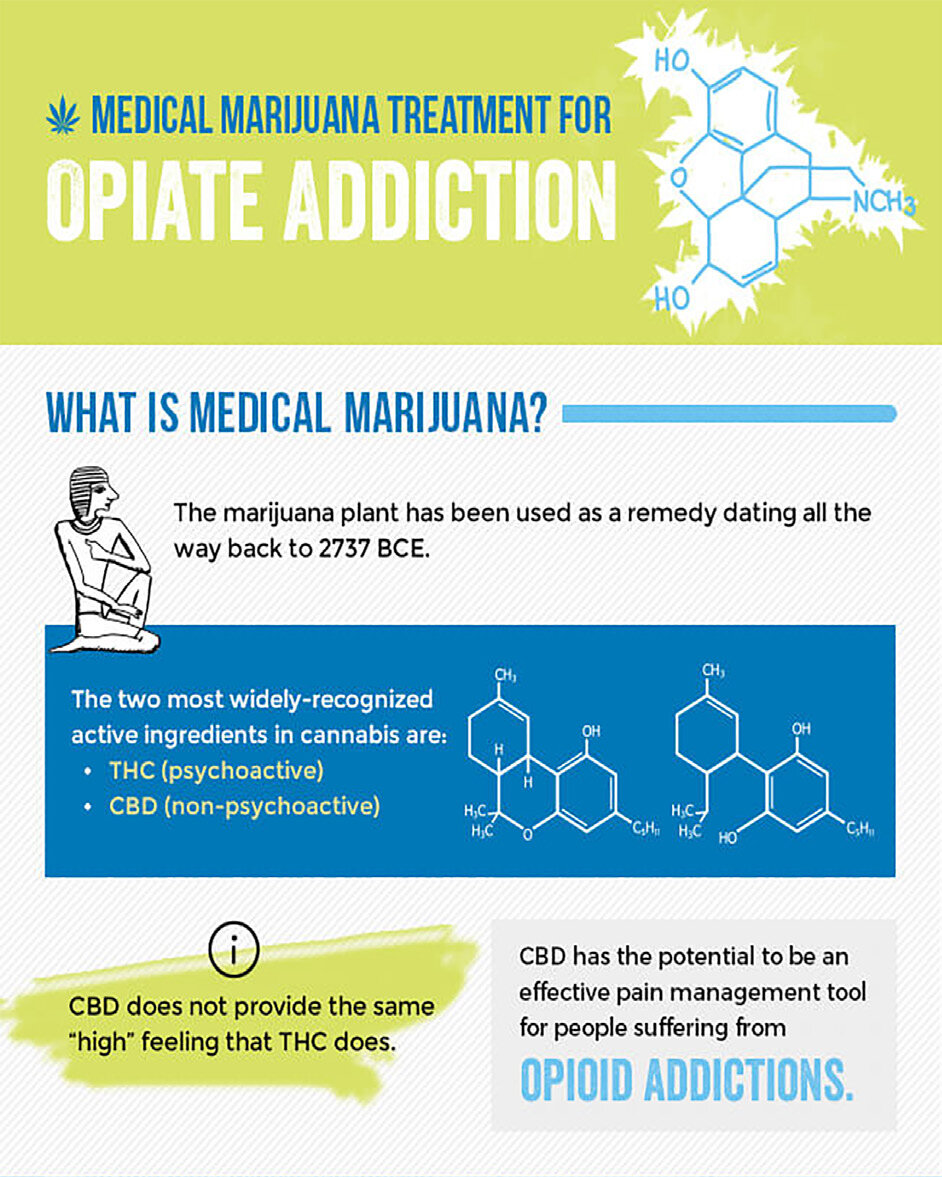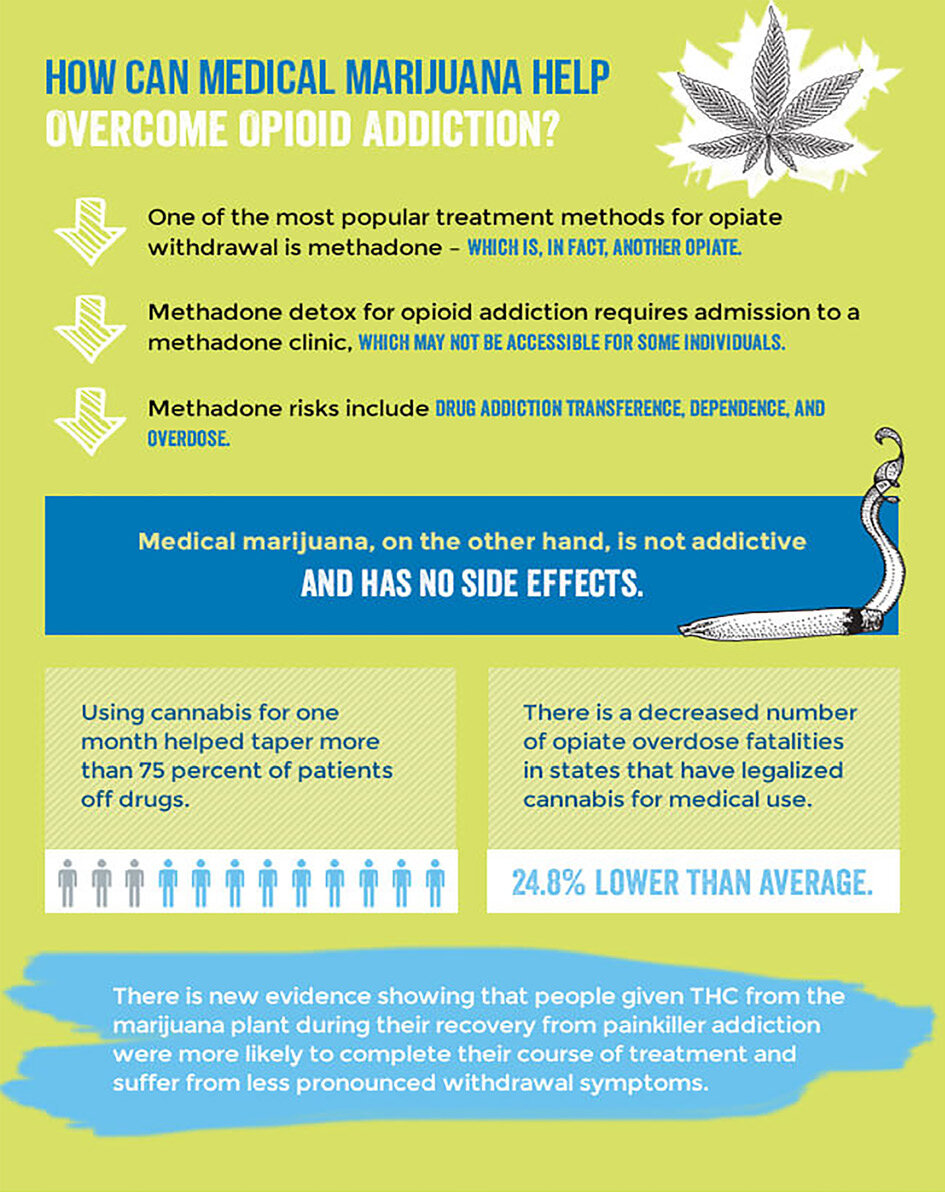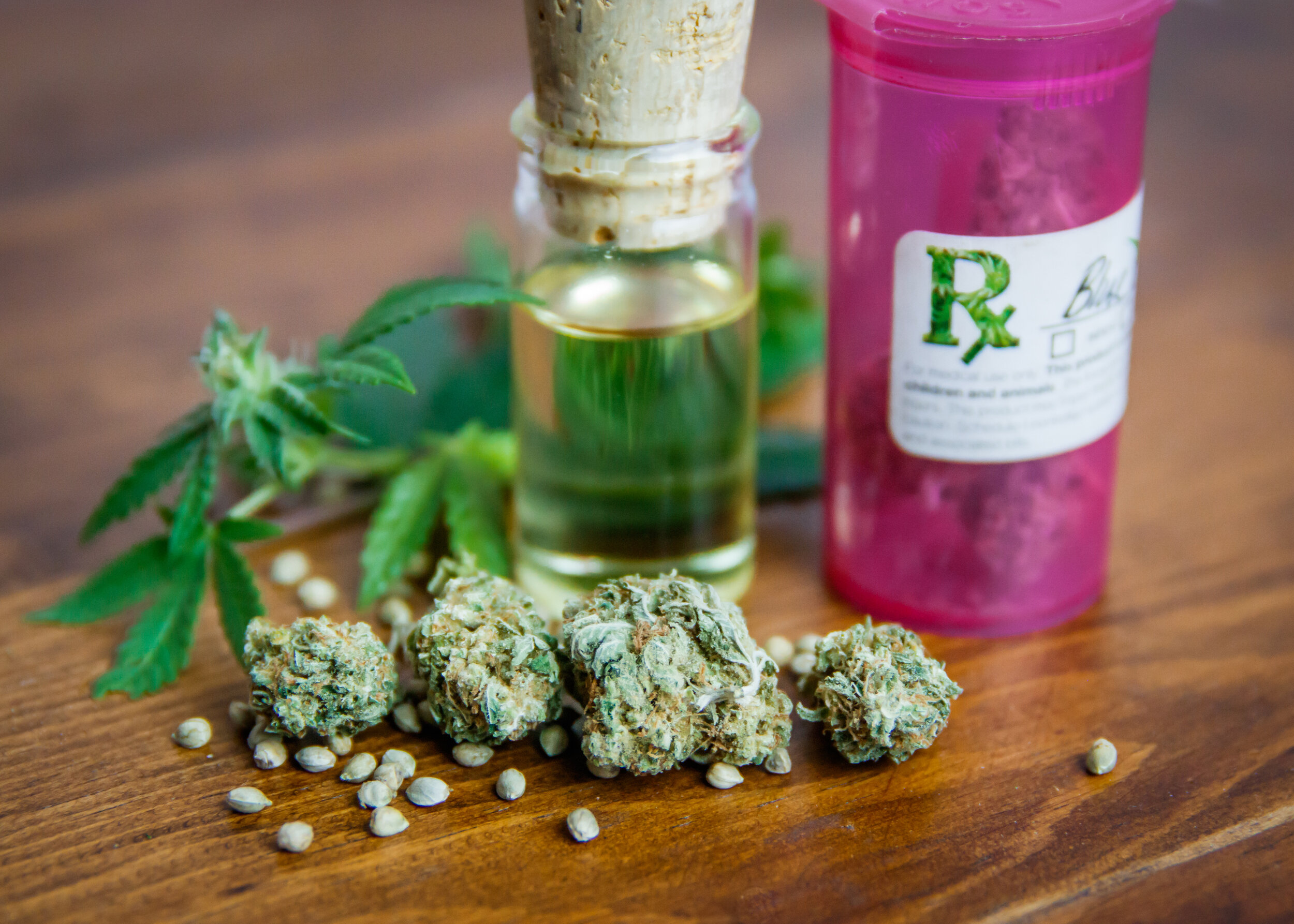Tribal Hemp Initiative
Medical Marijuana at White Earth?
White Earth Nation Medical Marijuana Initiative
Referendum Questions: "Do you approve or disapprove of the White Earth Reservation Business Committee authoring production, regulation, and distribution of medical marijuana within the White Earth boundaries?"
The Business Journals: MinnMed launches first-in-Minnesota online medical-pot shop, rolls out more dispensaries. Learn More
On August 18th the White Earth tribe will have an election. There are two things on the ballot- the District Three Representative: a choice between Cheryl Jackson and Umsy (Eugene) Tibbetts the Incumbent, and Medical Marijuana.
That’s right, White Earth, is going to vote on legalizing medical marijuana, according to the Tribal Council Meeting Notes of July 16 and is on the Referendum.
That would mean that White Earth would be the second tribe, after Red Lake to legalize Medical Marijuana. That will make these medicines more accessible in the north. That’s to say, that there are only four medical marijuana dispensaries in Minnesota, owned by two Twin Cities based corporations.
Red Lake’s regulations will allow for a longer approved list of diagnoses and will include cannabis in flower form, something not available under state regulation. Opioid addiction recovery is one of the eligible conditions.
"I hope it helps the opioid crisis, we got hit hard with that," Kevin Jones , of the Chippewa Cannabis Party said. "I hope that changes a lot of it and helps families bring parents, aunties and uncles back to where they were before. It won't bring the ones we lost back but will make a new path for the ones on that journey today.”
Why is it important?
That’s because of the nine medical marijuana dispensaries in Minnesota, only two are up north- one in Hibbing and one in Moorhead. Those are pretty far apart. That makes it hard if you actually would benefit from cannabis legally. Now let’s get clear, this spring, both the Harvard Medical School and Mayo Clinic did big stories on the benefits of cannabis to treat a wide variety of medical conditions including:
Cancer associated with severe/chronic pain, nausea or severe vomiting, or cachexia or severe wasting
HIV/AIDS
Tourette Syndrome
Amyotrophic Lateral Sclerosis (ALS)
Seizures, including those characteristic of Epilepsy
Severe and persistent muscle spasms, including those characteristic of Multiple Sclerosis.
Inflammatory bowel disease, including Crohn’s disease
Intractable pain
Post-Traumatic Stress Disorder PTSD
Autism
Obstructive Sleep Apnea
Alzheimer’s Disease
Cannabis can prevent opioid tolerance building and the need for dose escalation. Cannabis can treat the symptoms of opioid withdrawal. And cannabis is safer than other harm reduction options for people that are addicted or dependent on opioids.
Terminal illness, with a probable life expectancy of less than one year (the patient must suffer from cancer or a terminal illness with a probable life expectancy of under one year if the illness or its treatment produces one or more of the following: severe or chronic pain; nausea or severe vomiting; or Cachexia or severe wasting)
It seems like Native people should get those benefits, but the closest medical marijuana dispensaries are in Moorhead or Hibbing.
What is medical marijuana?
The Cannabis sativa plant and it’s derivatives are used to relieve serious and chronic symptoms. Cannabis sativa contains many active compounds, but two are of interest for medical purposes: THC (delta-9 tetrahydrocannabinol) and CBD (cannabidiol). THC is the primary ingredient in marijuana that makes people "high." There are, of course side effects: some of them include increased heart rate, dizziness, impaired concentration or memory , slower reaction times, increased appetite ( known as the “ munchies”) and in youth, it’s also a dopamine suppressor, that’s the enzyme that motivates you. In other words, if you smoke and don’t use moderation, you can become a couch potato. The longer term impacts can be permanent and devastating. Like many things, cannabis is best used in moderation, at least that’s what they say.
So, get out and vote, either way.
Legally, a tribe can do what the state does. In Minnesota, we have medical marijuana, we just don’t have it anywhere near us. But, besides that, tribal governments have an opportunity to be innovative and visionary, and the industry is booming. Take a look at an unusual superhero in medical marijuana- Oklahoma.
Look at a map of Oklahoma, yes, that conservative state, that the Supreme Court just recognized is Indian territory, well at least half of it. Oklahoma has a huge number of medical dispensaries. What’s interesting about Oklahoma is that their medical cannabis laws a don’t specify a list of qualifying conditions. Since there are no qualifying conditions for medical cannabis in Oklahoma, the state has declared that all medical marijuana recommendations shall be given out “according to the accepted standards a reasonable and prudent physician would follow when recommending or approving any medication.” Oklahoma law states that all applicants for a medical marijuana license must be 18 years of age or older. However, special exception will be granted to applicants under the age of 18 who have approval and signatures from two state-licensed physicians, as well as their parent or legal guardian.
Oklahoma has as close to free market capitalism for medical marijuana as can be imagined. There are no restrictions on the number of permits to be issued, nor zoning restrictions. There are over 200,000 patients, more per-capita than any other state and licenses were issued for 2,168 dispensaries, 1,415 processors and 4,931 growers . The industry which started in 2018, is worth about $350 million, and that money is spread across a lot of businesses, and a lot of patients
In comparison, Minnesota’s medical marijuana business is controlled by two companies- Minnesota Medical Solutions and Leafline Labs, both twin cities based. Vireo, the largest (Minnesota Medical Solutions Company) is headed by Dr. Kyle Kinsley, a former ER Doctor from Shakopee . according to a Star Tribune article, he first considered that “medical marijuana” might do a lot more for patients than the profligate alcohol and opioid use he witnessed every night.
Business is good: the company is worth about $350 million, with only a few dispensaries. Leafline Labs is the second cannabis producer, associated with the Bachman Nursery’s business. Both have had good success, but access, particularly in the north country remains limited.
While the business model of limiting the industry to two corporations has regulatory benefits, cannabis has the potential to illustrate economic justice. That’s to say, that Native and other people of color could grow and own this business. Minnesota’s model doesn’t do that. In fact, low income medical patients can grow their own in Oklahoma, which would help a lot of people who suffer and want cannabis.
“…As a cannabis grower who specializes in hemp (the non THC plants) I find that growing your own gives you a better connection to your medicines.“ - Winona’s Hemp
In the larger context, the War on Drugs has put more people of color in jail historically for marijuana, than white people per capita.
According to the American Civil Liberties Union Of the 8.2 million marijuana arrests between 2001 and 2010, 88% were for simply having marijuana.. Despite roughly equal usage rates, Blacks are 3.73 times more likely than whites to be arrested for marijuana. Basically, 52% of the country’s drug arrests, until recently were for small amounts of marijuana. That stays on your record and expunging records, and legalizing would help a lot of tribal members.
This is an opportunity for a new economy.
Over the past two years, White Earth has fallen behind other tribes in hemp regulation, but this may be an opportunity to step up for a new economy, one which heals, and brings income to the community. However you look at it, cannabis is a catalyst for change.
Whatever White Earth does, it’s likely that cannabis will be legalized in a few years within the state, but it’s really a question of what a tribe wants to do to share in that economy and those medicines. Economic plans during a time of pandemic are hard to come by, but locally grown cannabis, has not only economic potential, but can in the depths of a physical and mental health crisis, help heal communities.
We will see how it goes.









